Equatorial Guinea The 10 most touristically places, Equatorial Guinea, a small but culturally rich and geographically diverse nation on the west coast of Central Africa, is a destination that often remains off the beaten path for many travelers. Comprising a mainland region and several islands, the country offers a unique blend of natural beauty, cultural heritage, and historical significance. In this exploration, we delve into the ten most touristically renowned places in Equatorial Guinea, shedding light on the unique attractions that draw visitors to this lesser-known destination.
1. Malabo: Capital City by the Sea
Malabo, the capital and largest city of Equatorial Guinea, is located on the island of Bioko. Nestled along the shores of the Atlantic Ocean, Malabo is a city of contrasts, featuring modern skyscrapers alongside colonial architecture. The Presidential Palace, the Cathedral of Santa Isabel, and the Malabo National Park are among the city’s landmarks. The bustling markets and the vibrant nightlife provide a glimpse into the daily life and cultural richness of Malabo. The city’s coastal setting, coupled with its historical and contemporary attractions, makes it the gateway for many travelers exploring Equatorial Guinea.
2. Bata: Economic and Cultural Hub
Bata, the largest city on the mainland of Equatorial Guinea, is an economic and cultural hub with a blend of urban development and local traditions. The city’s Cathedral of Bata, the Independence Plaza, and the bustling markets showcase the cultural and historical aspects of Bata. Visitors can explore the Bata Craft Market to discover local handicrafts and traditional art. Bata’s strategic location on the mainland and its role as a center for commerce and cultural activities make it a key destination for those seeking an authentic Equatorial Guinean experience.
3. Mbini: Riverside Town on the Continental Region
Mbini, situated on the mainland near the border with Gabon, is a picturesque town with a riverside setting along the estuary of the Mitémélé River. The town is known for its laid-back atmosphere, lush greenery, and proximity to natural attractions. The surrounding rainforest and nearby Moka Wildlife Center offer opportunities for nature lovers to explore Equatorial Guinea’s diverse ecosystems. Mbini’s tranquil ambiance and connection to the natural environment make it an off-the-beaten-path destination for those seeking a more secluded experience.
4. Annobón: Remote Island Paradise
Annobón, a remote island located in the Gulf of Guinea, is a hidden gem known for its pristine beaches, volcanic landscapes, and vibrant marine life. The island is home to unique species, including the Annobón kingfisher, making it an attractive destination for birdwatchers and nature enthusiasts. Visitors can explore the volcanic terrain, relax on the beaches, and engage with the local community to experience the island’s distinct cultural traditions. Annobón’s remoteness and untouched natural beauty make it a destination for those seeking a tranquil and off-the-grid escape.
5. Corisco Island: Tropical Retreat
Corisco, a small island situated near the Gabonese border, is a tropical retreat characterized by palm-fringed beaches and lush vegetation. The island’s crystal-clear waters and coral reefs make it an ideal spot for snorkeling and diving. The town of San Antonio de Palea, with its colonial-era architecture, reflects the historical legacy of the island. Corisco’s idyllic setting and opportunities for water-based activities attract those looking for a peaceful island getaway.
6. Río Muni: Mainland Adventure and Wildlife
Río Muni, the continental region of Equatorial Guinea, offers a wealth of natural wonders and wildlife. The Monte Alén National Park, a UNESCO Biosphere Reserve, covers a significant portion of Río Muni and is known for its diverse ecosystems, including rainforests and savannahs. The park is home to an array of wildlife, including elephants, gorillas, and various bird species. The Oyala, the proposed future capital of Equatorial Guinea, is being developed in Río Muni, showcasing modern infrastructure and urban planning. Río Muni’s vast natural landscapes and the opportunity for wildlife encounters make it an appealing destination for eco-tourism and adventure seekers.
7. Ureka: Indigenous Community and Culture
Ureka, located on the island of Bioko, is home to the Bubi people, one of the indigenous ethnic groups of Equatorial Guinea. The Bubi Cultural Center in Ureka provides insights into the traditional customs, music, and art of the Bubi community. Visitors can experience the vibrant cultural expressions, including dance and music performances, and explore the Bubi Museum. Ureka’s significance lies in its role as a cultural hub, offering a unique opportunity for travelers to engage with the rich heritage of Equatorial Guinea’s indigenous communities.
8. Luba: Coastal Charm and Historical Sites
Luba, situated on the island of Bioko, is a coastal town known for its charming beaches and historical sites. The town’s colonial-era architecture, including the Church of San Buenaventura, reflects its historical legacy. The nearby Cacahual Waterfalls and the black sand beaches add to Luba’s natural appeal. Luba’s mix of cultural heritage, coastal beauty, and historical landmarks make it a destination that encapsulates the diversity of Equatorial Guinea’s attractions.
9. Mongomo: Sports and Recreation Hub Mongomo, located in the continental
region of Río Muni, gained international attention as one of the host cities for the 2015 Africa Cup of Nations. The town’s modern sports facilities, including the Mongomo Stadium, showcase Equatorial Guinea’s capacity to host major sporting events. Mongomo’s infrastructure and recreational offerings make it a destination for sports enthusiasts, and its green surroundings provide opportunities for outdoor activities and relaxation.
10. Rebola: Seaside Retreat with Cultural Influences
Rebola, situated on the island of Bioko, is a seaside town known for its relaxed atmosphere and cultural influences. The town’s beaches, such as Playa Arena Blanca, offer a tranquil retreat for sunbathing and swimming. The nearby Spanish Cultural Center provides a space for cultural exchange, art exhibitions, and performances. Rebola’s coastal charm and cultural connections make it a destination that combines relaxation with opportunities for cultural exploration.
In conclusion, Equatorial Guinea’s allure as a tourist destination stems from its diverse landscapes, rich cultural heritage, and the opportunity for unique and off-the-beaten-path experiences. Each of the ten highlighted destinations showcases a different facet of Equatorial Guinea’s multifaceted charm, inviting travelers to explore the country’s unique blend of nature, culture, and adventure. Whether exploring the colonial streets of Malabo, engaging with indigenous communities in Ureka, or relaxing on the pristine beaches of Annobón, Equatorial Guinea stands as a testament to the richness and diversity of Africa’s hidden gem.


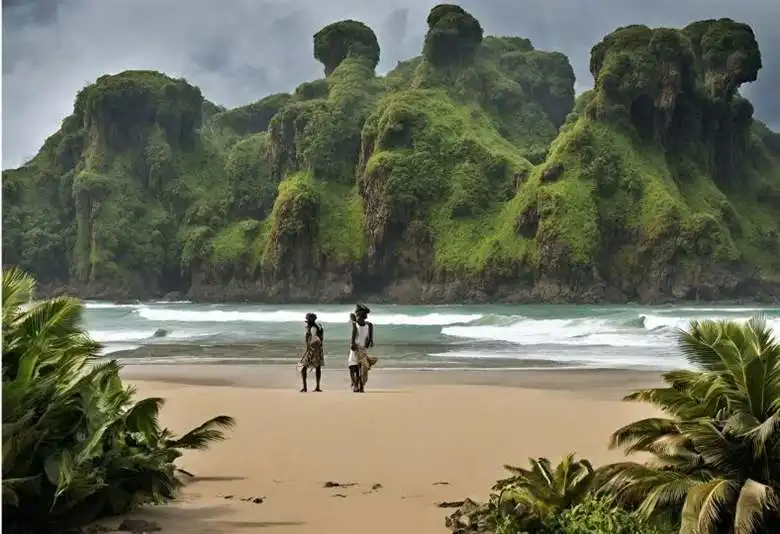
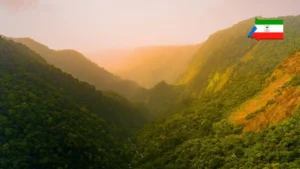

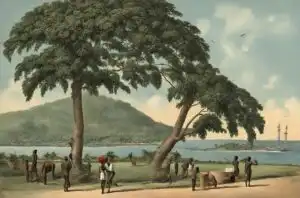

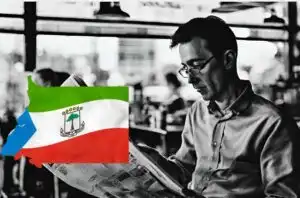

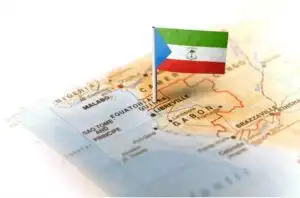
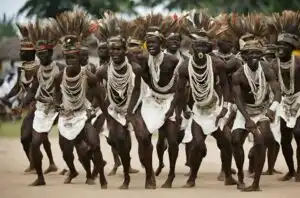
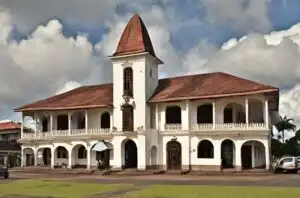
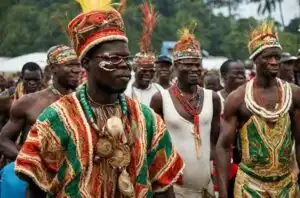













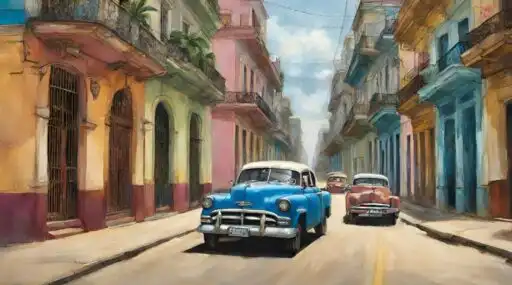

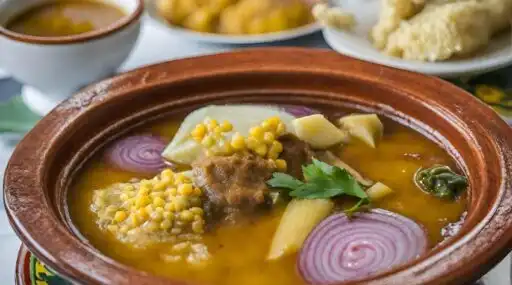

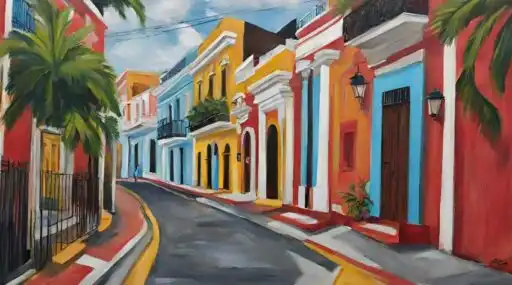





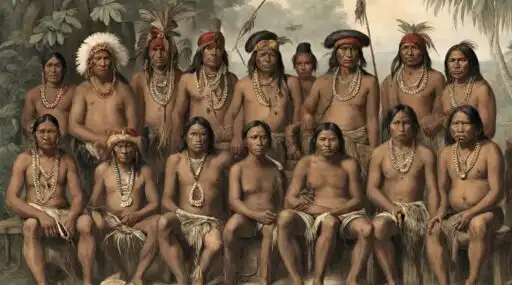



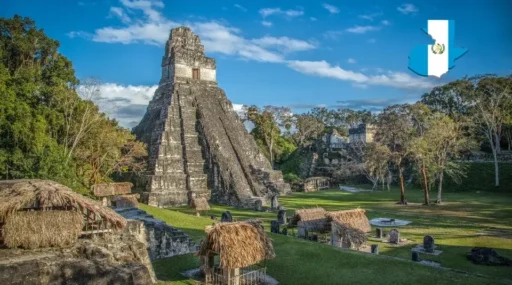
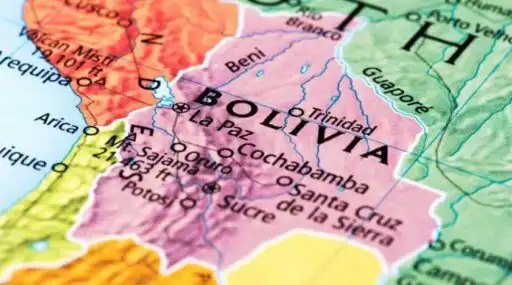




Leave a Reply